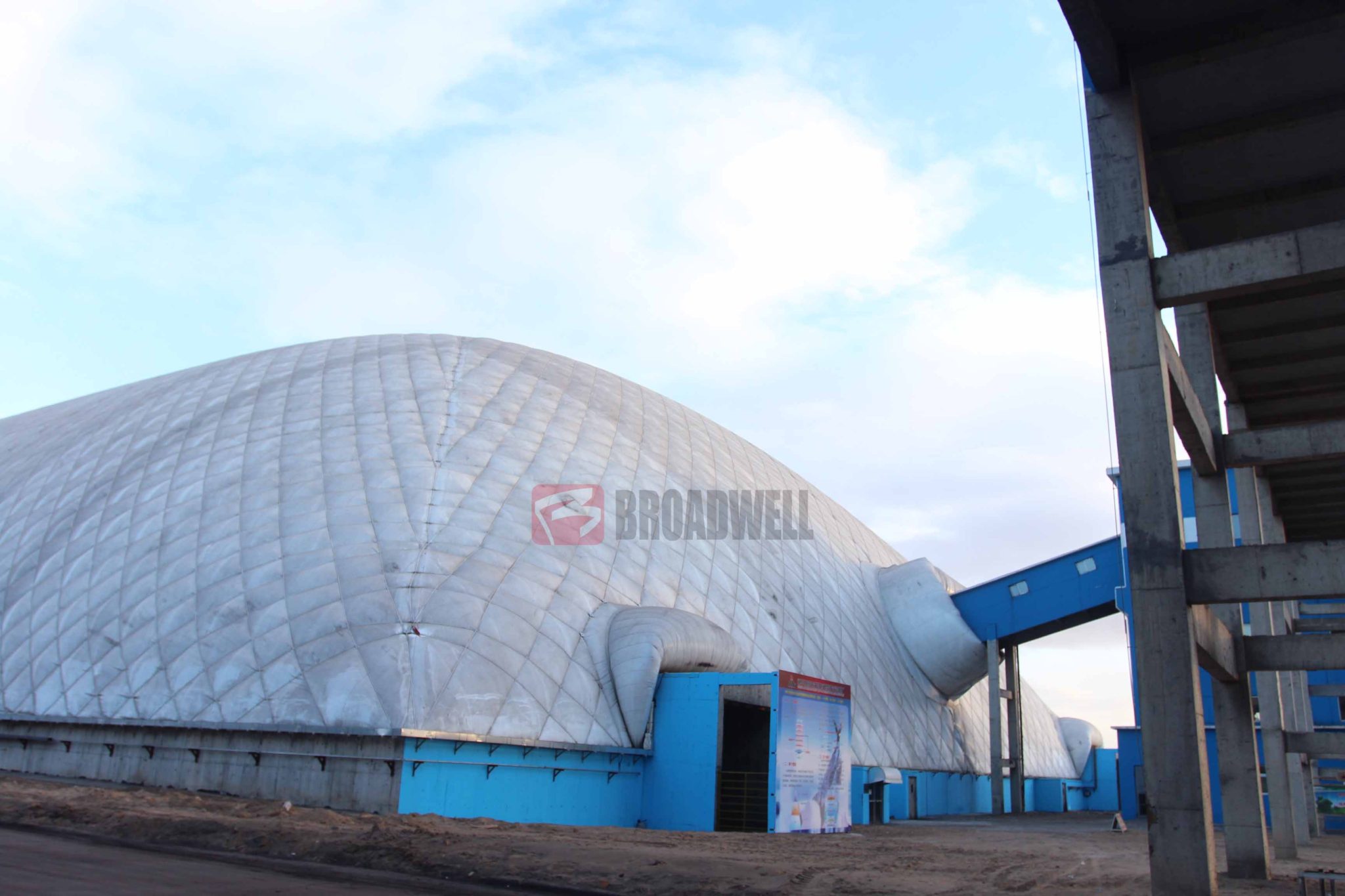News
Site Editor
 Site
/uploads/image/677267645dfcf.png
Meta Description: Explore the impact of prolonged haze on urban air quality and delve into the significance and applications of cutting-edge architectural air purification technologies. Learn how the concept of architectural air domes is reshaping indoor environments, providing a solution for healthier living amidst continuous hazy conditions.
Site
/uploads/image/677267645dfcf.png
Meta Description: Explore the impact of prolonged haze on urban air quality and delve into the significance and applications of cutting-edge architectural air purification technologies. Learn how the concept of architectural air domes is reshaping indoor environments, providing a solution for healthier living amidst continuous hazy conditions.
Under the Dome: Prolonged Haze and the Significance and Application of Architectural Air Purification
Views: 1793
Author: Site Editor
Publish Time: 2024-01-16
Origin: Site
With the continuous advancement of urbanization and the improvement of people's living standards, environmental pollution has become a focal point of concern. Among these concerns, the issue of haze poses an undeniable challenge to the daily lives of urban residents. Hazy weather not only adversely affects human health but also poses a severe threat to urban air quality. To address this problem, architectural air purification technology has emerged as an effective means to enhance indoor air quality and elevate the overall quality of life for individuals.
Part One: The Threats and Impacts of Haze
1.1 Causes and Characteristics of Haze
Haze refers to a meteorological phenomenon formed by the mixture of suspended particles and chemical gases in the atmosphere. Major contributors to haze include industrial emissions, vehicular exhaust, and agricultural activities. These factors lead to an increase in pollutant concentrations in the atmosphere, resulting in the formation of harmful fog-like weather conditions. The main characteristics of haze include reduced visibility and the deterioration of air quality, posing significant hazards to both human health and the environment.
1.2 Health Impacts of Haze
During hazy weather, airborne particles and harmful gases directly jeopardize the respiratory and cardiovascular systems of the human body. Prolonged exposure to haze conditions increases the risk of respiratory diseases, cardiovascular issues, and even the likelihood of developing cancer. Effectively addressing hazy weather to improve air quality has become a crucial task in urban management and development.
Part Two: The Importance of Architectural Air Purification
2.1 Current Status of Indoor Air Pollution
Indoor air quality, being equally significant as outdoor air quality, is a major concern due to the prolonged time individuals spend indoors. Indoor air pollution primarily stems from harmful substances released by building materials, furniture, and electronic devices. Under inadequate ventilation conditions, these substances accumulate indoors, resulting in indoor air pollution.
2.2 Definition and Principles of Architectural Air Purification
Architectural air purification involves the use of technological methods to filter and cleanse harmful substances from indoor air, thus improving indoor air quality. The principles include physical filtration, chemical adsorption, electrostatic adsorption, and various other technical methods. Through these means, architectural air purification systems can effectively remove particles and harmful gases, ensuring a healthier indoor environment.

2.3 Significance of Architectural Air Purification
In the context of prolonged hazy conditions, the significance of architectural air purification becomes increasingly evident. As indoor spaces serve as the primary areas for living and working, indoor air quality directly impacts human health. By implementing advanced architectural air purification technologies, not only can a relatively safe indoor atmosphere be established, but the threat of haze to human health can also be mitigated, ultimately enhancing the quality of life for urban residents.
Part Three: Applications of Architectural Air Domes
3.1 Introduction of the Dome Concept
The architectural air dome is an innovative concept in recent architectural design. Its core idea is the organic integration of building structures with air purification technology, forming an indoor "dome" protective layer to maintain consistently fresh indoor air. This concept aims to provide a safe living space shielded from external pollution in urban environments.
3.2 Dome Structure and Design Principles
The design of architectural air domes must balance air circulation and filtration effects. Advanced building materials, combined with air purification equipment, create a dome structure with microclimate control functionality. Precise design principles ensure that the dome maintains air purification effectiveness while not compromising the overall aesthetics and functional use of the building.
3.3 Specific Application Cases
In some advanced architectural projects, architectural air domes have already found practical application. For instance, in large commercial complexes and upscale residential communities, the introduction of air domes has successfully improved indoor air quality, enhancing the comfort of living and working environments. These application cases serve as strong references for the widespread adoption and application of architectural air domes.
Part Four: Future Prospects and Challenges
4.1 Future Development Trends
As societal awareness of ecological issues grows and technology continues to advance, architectural air purification technology is poised for broader development. In the future, architectural air domes are expected to become standard features in urban construction, providing residents with a healthier and safer living environment.
4.2 Technical Challenges and Breakthroughs
However, the application of architectural air domes still faces some technical challenges, including the selection of dome materials and the balance between air circulation and purification. Future research needs to focus on solving these issues to drive continuous innovation and upgrade of architectural air purification technology.

Conclusion
In times of prolonged haze, the importance of architectural air purification becomes increasingly apparent. By introducing the concept and technology of architectural air domes, we have the potential to create a relatively clean and healthy indoor living environment within urban areas. Looking ahead, the integration of architecture and air purification is expected to bring a better quality of life to urban residents. Constructing cleaner and greener urban environments is our shared responsibility and goal.










